Abu Saeed Abul Khair, an Iranian mystic and poet

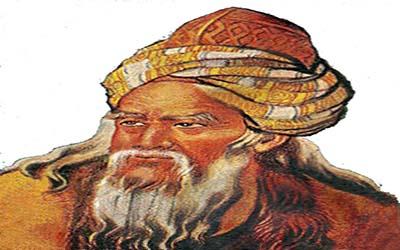 Abu Saeed Abul Khair
Abu Saeed Abul KhairAn abstract of the biography of Abu Saeed Abul Khair:
Full name: Abu Saeed Abul Khair, Fazlullah bin Ahmad bin Muhammad bin Ibrahim Mihni
Date of birth: 21 Azar 346
Place of birth: Mihneh, Abiordeh
Reason for fame: One of the originators of the quatrain format in Persian poetry – the unity of intuitive existence
Works: Secrets of Al-Tawheed. Rubaiyat of Abu Saeed Abul Khair
Died: 22 January 427
Burial place: Mihneh, Abivard or Mahneh, Meh Valat, Razavi Khorasan
 Biography of Abu Saeed Abul Khair
Biography of Abu Saeed Abul KhairBiography of Abu Saeed Abul Khair:
Abu Saeed Fazlullah bin Abul Khair Ahmad bin Muhammad bin Ibrahim Mihni was born on 21 December 347 in the village of Mihneh in Abivard, he is one of the famous Iranian poets and mystics in the fourth and fifth lunar centuries, who is known as Sheikh Abu Saeed Abul Khair.
He started reciting the Qur'an from the time he was a child under the guidance of Abu Muhammad Anazi, and after that, with his father's advice, he became a student of Abu Saeed Anazi, who was considered a famous mufti and writer of that era, and learned vocabulary and literature. At this time, he sometimes met Bashar Yasin and meeting him was attractive to him.
At first, he learned Sufi teachings from Bishr Yassin, who according to his own words, he learned Islam from Bishr Yassin. According to what it seems; Abu Saeed lived in his homeland until he was 17 years old, and with the death of Bishr Yasin in 380 AH; He has gone to the cemetery of his homeland over his grave.
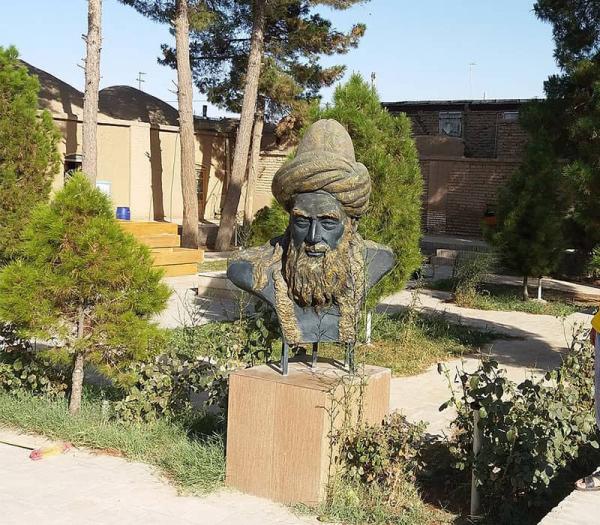 The statue of Abu Saeed Abul Khair
The statue of Abu Saeed Abul KhairThe religion of Abu Saeed Abul Khair:
as it mentioned; Abu Saeed was born in Mihneh in a Shaaghi family, Abul Khair Ahmad was his father who was engaged in attari and was known as a religious man among the people of Mihneh by the name of Babu Abul Khair. As it seems, he was a devout man and used to interact with the Sufis of the city.
Abu Saeed's first introduction to Sufism was through his father, when he was a child, with his mother's insistence, he went to the Majlis of the Sufis with his father and got to know the rituals related to the Sufis in the Majlis Sama. He commits to the memory that Majlis has recited it despite not knowing the mystical concept.
the intimate relationship that Abu Saeed's father had with some Sufi Sheikhs such as Abu al-Qasim Bishr Yasin; It cultivates his mystical taste.
Abu Saeed Abul Khair's meeting with Ibn Sina:
The story of Abu Said's meeting with Ibn Sina is mentioned in the book Asrar al-Tawheed and is very popular. This story is as follows:
“Khwaja Bu Ali Sina stayed in the house with the sheikh and they prayed in the house and they were with each other for three days and nights and they talked in private so that no one knew and no one came close to them except those whom they allowed and they did not go out except for the congregational prayer. When Khwaja Bu Ali left for three days, the students asked Khwaja Bu Ali how did you find the sheikh? He said: He sees everything I know, and when the Sufis and disciples of the Sheikh came near the Sheikh, they asked the Sheikh that, Sheikh, how did you find Bu Ali? He said: He knows everything we see.
Govind Abu Saeed Abul Khair wrote to Sheikh al-Raees: Don't trust reasonable arguments; Because the most obvious argument is the first form, while the first form is distant. In addition, the proof of the result depends on the totality of the big and the totality of the big depends on the truth of the bigger than the smaller; Because Asghar is one of Akbar's people. In response, Sheikh Al-Raees said: “The totality of the cobra depends on the entry of the smallest to the smallest, and the meaning of the result is to achieve the result in detail.”
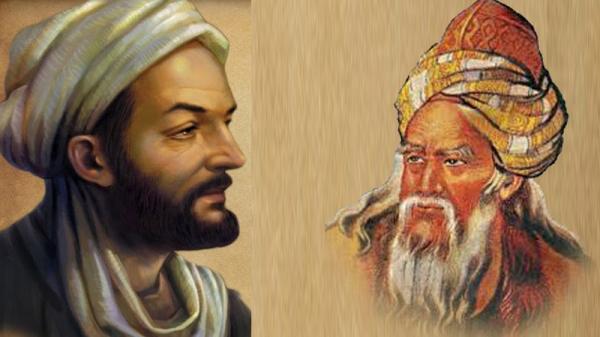 Abu Sa'id Abul Khair's meeting with Ibn Sina
Abu Sa'id Abul Khair's meeting with Ibn SinaDisciples and students of Abu Saeed Abul Khair:
Disciples and students of Abu Said played a prominent role in transmitting the mystical and scientific heritage of this mystic, he has also trained students outside the field of monastic education, including; Imam al-Haramain Juvini, Abu al-Qasim Salman ibn Naser Ansari, Hassan ibn Abi Tahir Jili, Abdul Fafar Shiroui and Abu Abdullah Farsi pointed out. These people are scientists and hadith scholars and have narrated narrations from him.
Among these disciples, Abd al-Samad bin Hasan Qalansi Sarkhsi, Hassan Moadeb, Ahmad bin Ali Tarithithi, Abu Nasr Sherwani, Ahmad bin Muhammad Mihni, known as Babufala and Abu Saad Dost Dada, who are more famous; They have made more efforts in the field of transferring Abu Saeed's legacy.
Abu Nasr Sherwani is considered one of the traders at that time, after his devotion to Abu Saeed; He spends all his wealth in his way. Until the end of his life, Abu Nasr spread the teachings of Abu Said as his caliph to the areas of Sharwan.
On behalf of Abu Saeed; Babufela had the duty to maintain the monastery of Abul Fazl in Sarkhs, Abdul Tammad Qalansi is one of the transmitters of status and sayings, Abu Saad Dost Dada also took the legacy of Abu Sa'id's monastery to Baghdad and established a monastery there.
The works of Abu Saeed Abul Khair:
The books that have been compiled based on Abu Saeed's talks are the following:
– Asrar al-Tawheed in the authority of Sheikh Abi Saeed, written by Muhammad bin Manoor bin Abi Saad bin Abi Zahir bin Abi Saeed, one of his descendants.
– Treatise on the states and words of Sheikh Abu Saeed with compilation; Abu Rooh Lotfollah, the grandson of Abu Saeed
– Poems of Abu Saeed Abul Khair
In the culture of the East, Abu Sa'id is like Socrates, although he did not leave a separate work in the collection of Sufi teachings, but his name is spoken everywhere. From the words of Abu Said, several books have been written by others, and two or three useful and important letters that he wrote to Ibn Sina, a famous philosopher of his time, have also survived.
Despite the fact that there is no significant work of Abu Saeed on Sufi teachings, evidences show that in the mind of Abu Saeed, there is a mystical worldview, in a whole and orderly manner.
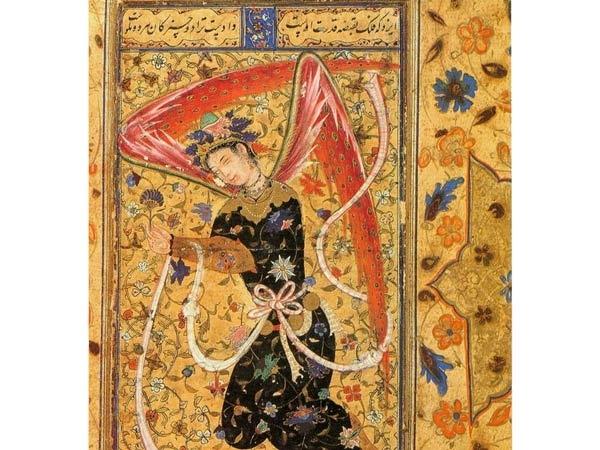 The works of Abu Saeed Abul Khair
The works of Abu Saeed Abul KhairDeath of Abu Saeed Abul Khair:
Abu Sa'id's monastery was located in Mihneh and could attract mystics, disciples and elders from different parts of Khorasan and beyond the river, another group of Abu Saeed's disciples who were in Neishabur used to come to Mihneh to meet him.
Abu Saeed held his last assembly on 27 Rajab 440 A.H. In this assembly, he introduced Abu Taher Saeed as his successor, and also gave orders to his disciples about the manner of funeral and the manner of the ceremony.
After this incident, he lived for about a week and finally, at the age of 83, he died on 22 January 427, and his body was buried the next day. At Abu Saeed's funeral, the crowd was so large that his coffin was not buried for half a day, until the head of the country opened the way by means of an emissary and the body was buried.
The fame of Abu Saeed after his passing:
After the death of Abu Saeed, his fame spread to all Iranian and Persian-speaking lands, even as mentioned; It also reached the farthest parts of the Islamic world. This is how it is said that a dress of Abu Saeed, which was written by Ivnaser Sherwani; One of his disciples was known as a repellent of calamity and calamity, and it was called an experienced opium. Also, in some other places of Khorasan and even in Badkoba, they have been attributed to Torbets, these subjects can be a proof of the popularity and prevalence of Abu Said's mystical heritage.
The members of Abu Said's family were often familiar with Sufism, even among the women of his family, his sister – who was known as Amma – had a Sufi behavior and temperament, his elder wife was also aware of the way and customs of Sufism and monastic customs and apparently The women who came to the Khanqah of Sheikh Mihneh wore robes by him.
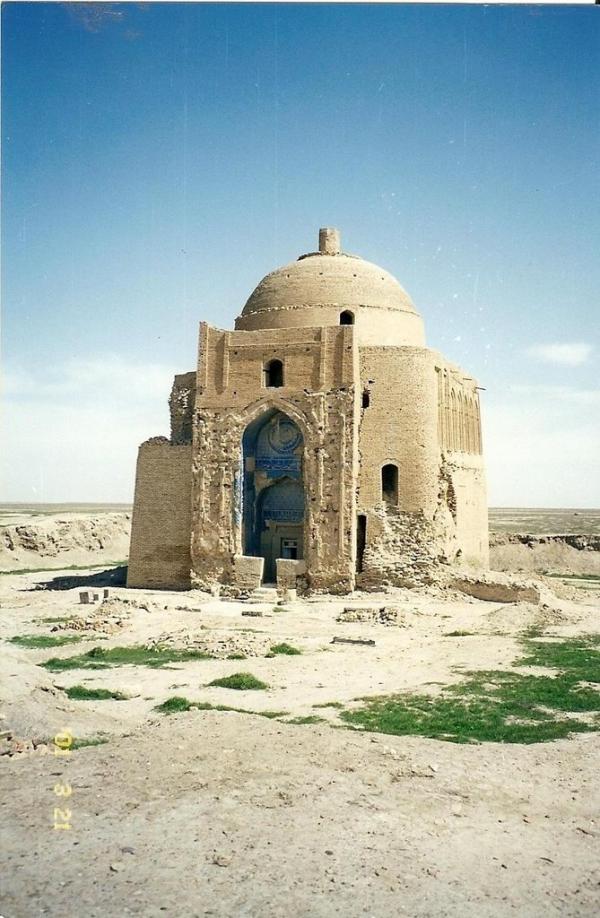 The burial place of Abu Saeed Abul Khair
The burial place of Abu Saeed Abul Khaircompilation: Cover biographical section






